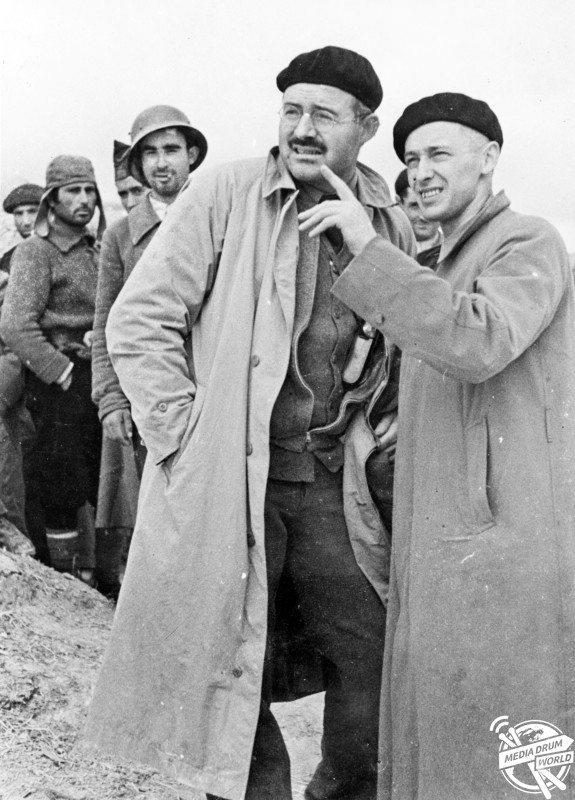
By Mark McConville
RENOWNED American novelist Ernest Hemingway led a shocking secret life as a Soviet spy according to claims in a new book.
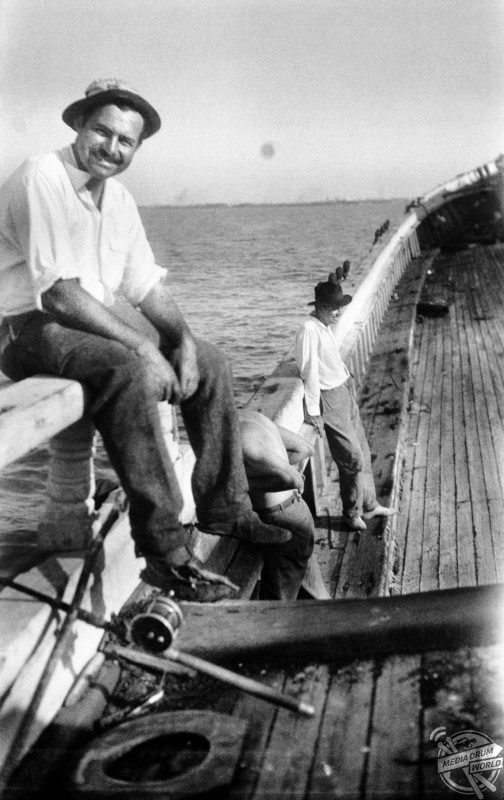
Hemingway was recruited by the NKVD, the forerunner to the KGB, on ‘ideological grounds’ meaning he agreed with the Soviet agenda or at least part of it.
To this day it is not known what exact task Hemingway was set by his recruiter Joseph Golos, but he was given the code name ‘Argo’. It is likely that he met Soviet spies outside America in far-flung exotic locations the famous writer visited like China.
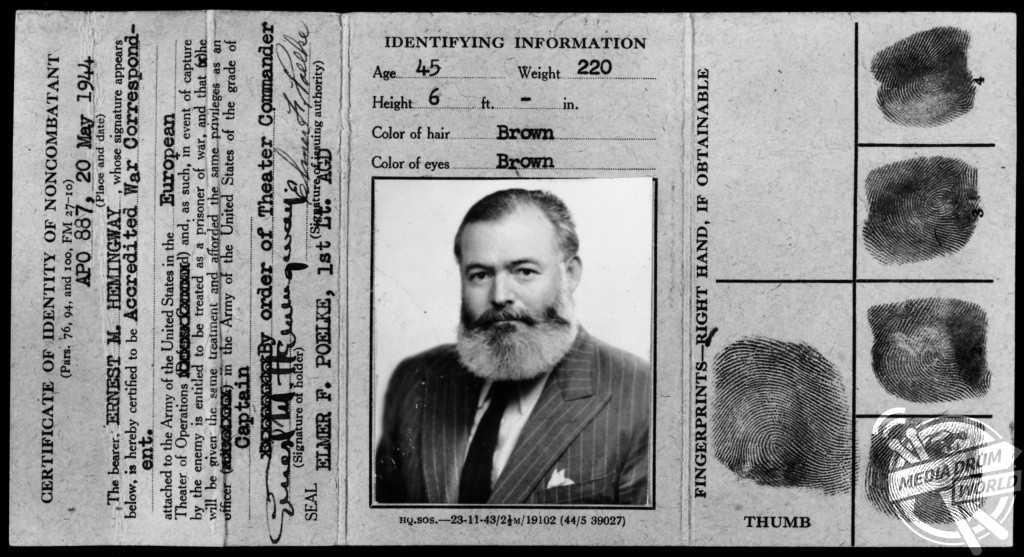
Russian state archives are yet to release the still secret files on the matter, and what is known is only available thanks to one file smuggled outside Russia by a rogue KGB spy.
The book also offers an insight into the other complex set of relationships Hemingway enjoyed with American agencies including the FBI, Department of State, Office of Naval Intelligence (ONI) and the Office of Strategic Services (OSS), a precursor to the CIA.
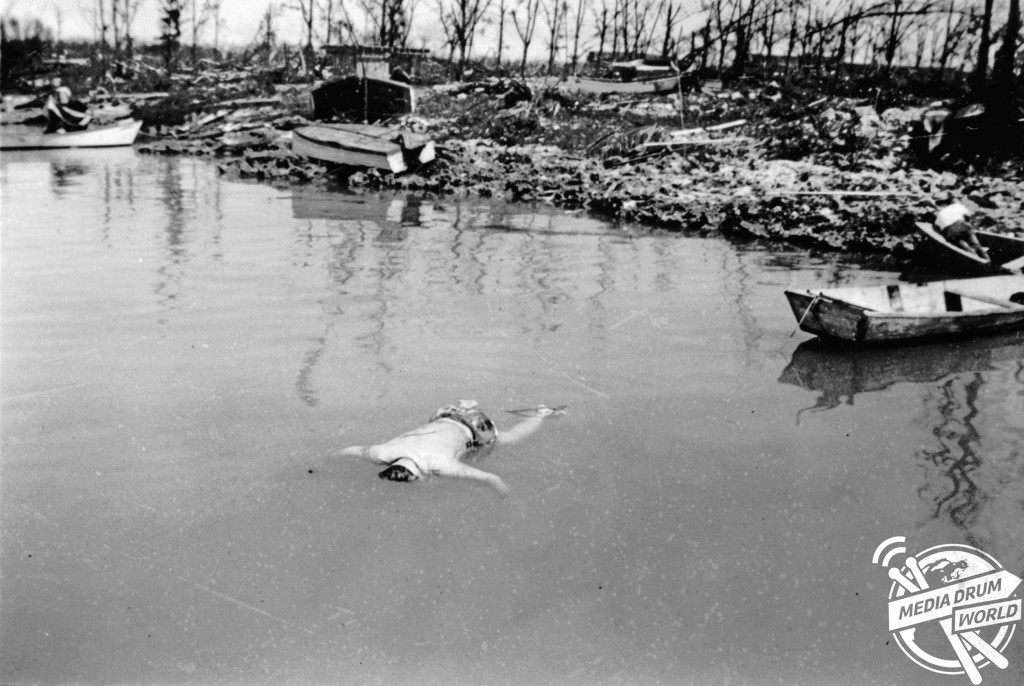
The startling revelations are detailed in a new book, ‘Writer, Sailor, Soldier, Spy’ by former CIA officer Nicholas Reynolds and published by William Morrow.
Mr Reynolds stumbled upon the Soviet connection one day in a book by former KGB officer Alexander Vassiliev which incorporated excerpts from Hemingway’s official Soviet file which Vassiliev had smuggled out.
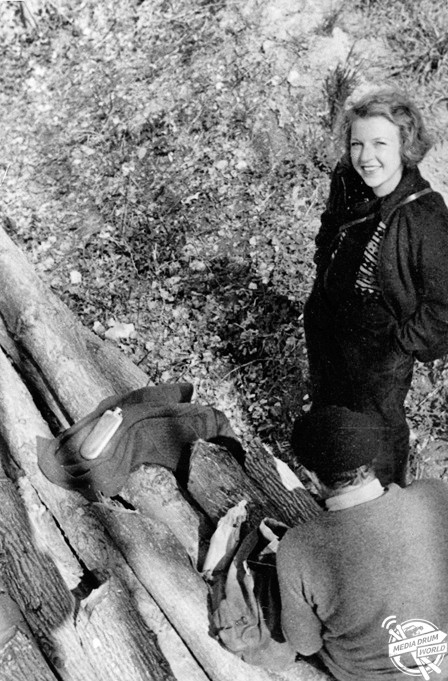
“The records of Hemingway’s relationship with the NKVD showed that a Soviet operative had recruited Hemingway “for our work on ideological grounds” around December 1940, at a time when Stalin ruled the Soviet Union with an iron hand and was aligned with Hitler under the Molotov-Ribbentrop Pact,” said Mr Reynolds.
“A lifelong Hemingway fan, I felt like I had taken an elbow deep in the gut when I read that he had signed on with the NKVD. How could this be?
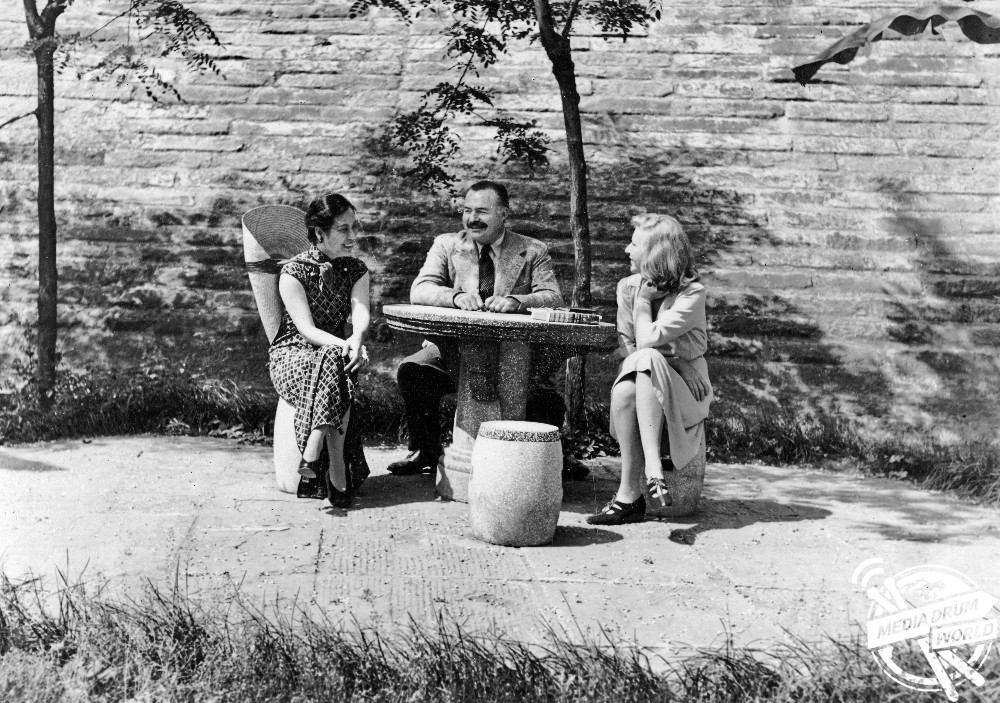
“Ultimately, I concluded that Hemingway’s dalliance with the NKVD, and the political attitudes that explain it, made an important difference in his life and work, one that has been overlooked until now.”
Ernest Hemingway was an American novelist, short story writer and journalist, most famous for his book For Whom a Bell Tolls.
Hemingway was no stranger to conflict and agreed to report on the Spanish Civil War in 1937 for North American Newspaper Alliance. He reported on the conflict during World War Two and was present for the liberation of Paris. He received a Bronze Star for his bravery during the war in 1947.
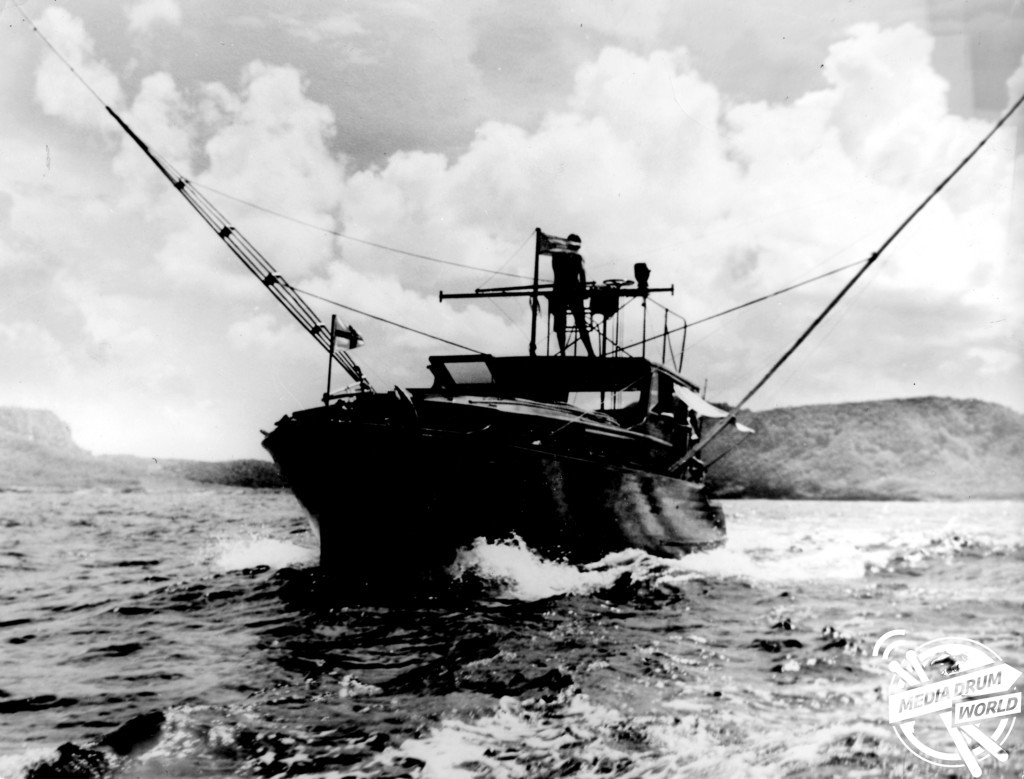
The book also details the writer’s meeting in East Asia with communist leader Chou En-Lai who would become China’s Premier and his various roles as an agent for the US Government.
He hunted Nazi submarines with ONI-supplied munitions on his boat, Pilar, in the Caribbean and commanded an informant ring in Cuba called the Crook factory that reported to the embassy in Havana.
“It [dalliance with the NKVD] influenced many of the decisions he made during his last 15 years: where he lived, what he wrote, and how he acted,” explained Mr Reynolds.

“This chain of events even played a role in his suicide in 1961. Much of the drama played out in his mind, where he magnified it out of proportion.
“He did not understand politics and intrigue as well as he thought he did, and for long stretches of time overestimated his ability to control himself and others, even to change history.

“In the end, he began to understand his limits, and came to the tragic conclusion that the only way to reassert control was to kill himself.”
Writer, Sailor, Soldier, Spy by Nicholas Reynold is published by William Morrow. It is available at £20 RRP.






